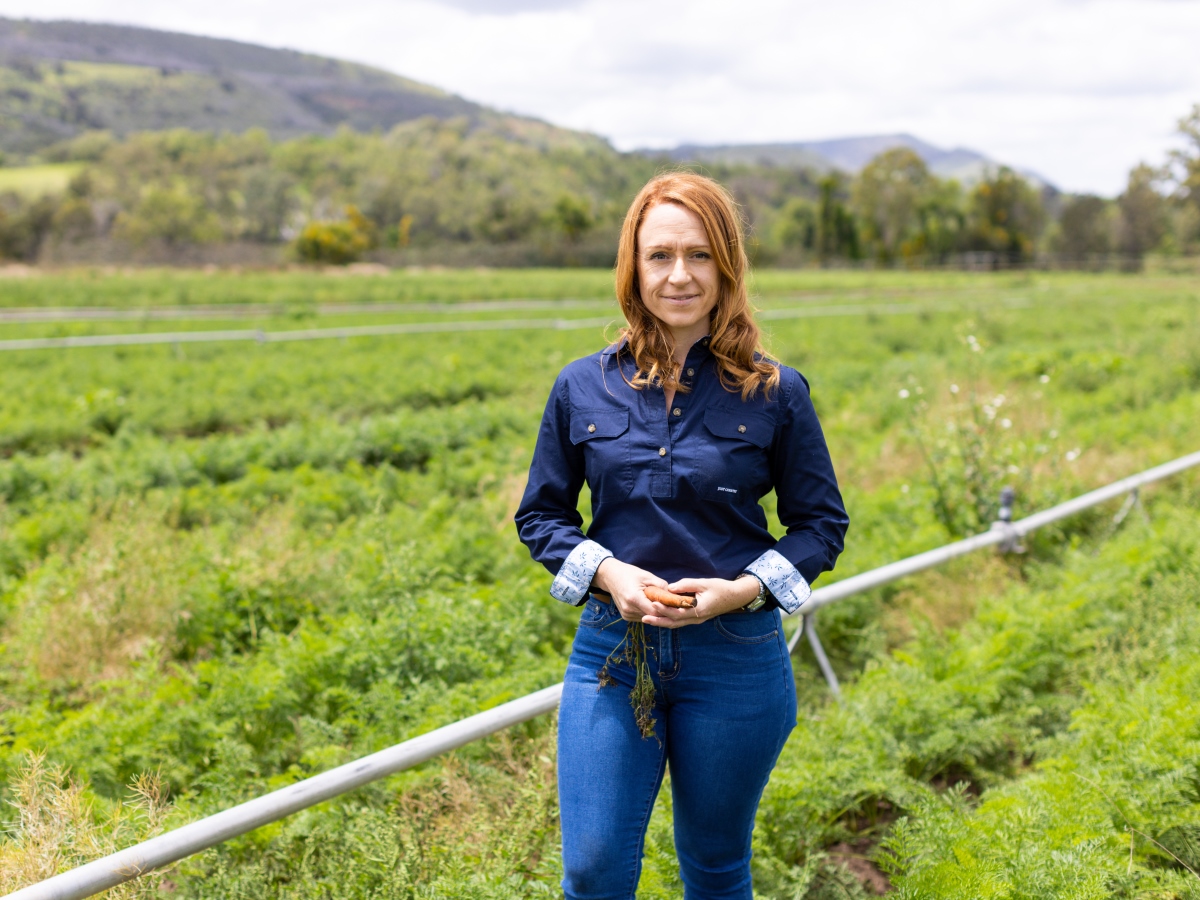By Australian Organic Limited CEO, Niki Ford
As Australian consumers flock to products made with the environment in mind, the skincare and cosmetic sector has become an increasingly confusing space, with countless claims now made on product labels.
This is particularly concerning for the organic industry, as there is no legal definition surrounding use of the term ‘organic’ for cosmetics. In fact, ‘organic’ is commonly misused in the beauty industry, which has had damaging effects in the market and eroded consumer trust.
The 2021 Australian Organic Market Report, commissioned by the peak industry body Australian Organic Limited (AOL), demonstrated almost one third (31 per cent) of shoppers who purchased an organic product in 2020 believed they had previously been misled by organic claims on product packaging.
AOL has advocated on behalf of consumers and producers for the introduction of a mandatory domestic standard for use of the term ‘organic’ in Australia. The current lack of a unified, legal definition of organic undermines shopper confidence.
While overseas markets, with standards in place, can be sure the organic products they are purchasing from Australian businesses are certified organic, unfortunately Australian consumers cannot be assured the same confidence.
The only way an Australian consumer can be certain a product labelled ‘organic’ is what it says it is, is to look for a certification mark.
What is organic?
Organic is generally defined as a product that contains organically grown and processed ingredients, grown without synthetic fertiliser, free from toxic pesticides and other artificial inputs. Currently however, products with no certified organic ingredients can still have organic in the label without fear of repercussion, confusing consumers and industry alike.
The skin is the largest organ of the human body. Just as we have the ability to absorb medication through patches, pesticides and chemicals in beauty products can also be absorbed through our skin. Australian organic standards follow a ‘precautionary principle’. This means an ingredient that has any scientific evidence to say it might pose an environmental or health risk is not allowed.
Natural vs organic
There are many skincare products in the market claiming to be natural. The difference between natural and organic is how the base plant material has been grown, processed and packaged. You can still have a natural lavender oil that has been extracted from lavender sprayed with conventional pesticides and herbicides. Organic encompasses all stages of production and processing. Often, astringent chemicals are used for the extraction of beauty products, and chemical stabilisers and preservatives are used to prolong the shelf life. However, when you buy the certified organic counterpart, you can rest assured that the lavender has been grown without synthetic fertilisers, pesticides or GMOs, with the final product also adhering to organic regulations.
Organic difference – palm oil
Palm oil is a common ingredient in beauty products. Over the years, it has earned itself a negative reputation for being produced in a way that is bad for the environment. It can only be grown within 10 degrees of the equator in tropical regions and is linked to extensive rainforest clearing to make way for mass plantations, as well as the associated wildlife and forest destruction. However, per hectare, it is the highest yielding oil crop, outcompeting soy and rapeseed.
It continues to be the most widely used vegetable oil in the world. There are more than 200 different terms that palm oil can be referred to in a cosmetic label, including C19, Caprylyl glycol, cetearyl alcohol, cocoa oil, emulsifiers 422-495, fatty acids, glycerine and sodium laureth suphate (SLS), to name a few. Within organic beauty products, all palm oil derivatives must be organically or sustainably produced and sourced.

Organic success: Megan Potter
Mistrust in cosmetic labelling was the catalyst for Adelaide-based cousins Megan Potter and Amanda Hawtin to start organic beauty label, Megan Potter in 2018.
Ms Hawtin and Ms Potter had both experienced bad reactions to allergens in cosmetics, after not being able to decipher confusing ingredient lists and labelling.
Now Managing Director, Ms Hawtin said Megan Potter offered 10 different product lines and provided their customers more transparency with its organic certification.
“This is a very personal brand, and we want to align our personal values with it,” Ms Hawtin said.
“We want to make sure all our claims are authentic and verifiable, which the organic certification process allows us to do.”
Ms Hawtin said consumers experienced a lot of confusion with no legal definition of the word organic.
“People think natural and organic is interchangeable,” she said.
“I also often see competing products claiming to be organic and it has one per cent organic ingredients, with the balance made up of synthetic ingredients.”
“It is really important to build trust with consumers by achieving mandatory domestic regulation. If a consumer has a bad experience with a non-certified organic product, those of us who are producing high-quality organic products are tarred with the same brush.”
In the past, organic beauty has had a reputation as being inferior, however, as organic beauty becomes more popular, more organic alternatives are available.
“It is still a lot more expensive, to purchase organic ingredients – on average four times more expensive. We absorb these costs, so our products can compete with the non-organic sector,” Ms Hawtin said.
“As the organic sector has grown, there are chemists all around the world developing organic alternatives that match, or even outperform, non-organic ingredients.”
To find out more about the organic beauty sector, visit the AOL website at www.austorganic.com
This article was published in the Summer issue of Retail Beauty:
- For more news and updates, subscribe to our weekly newsletter
- Follow us on Instagram
- Like us on Facebook
- Connect with us on LinkedIn

